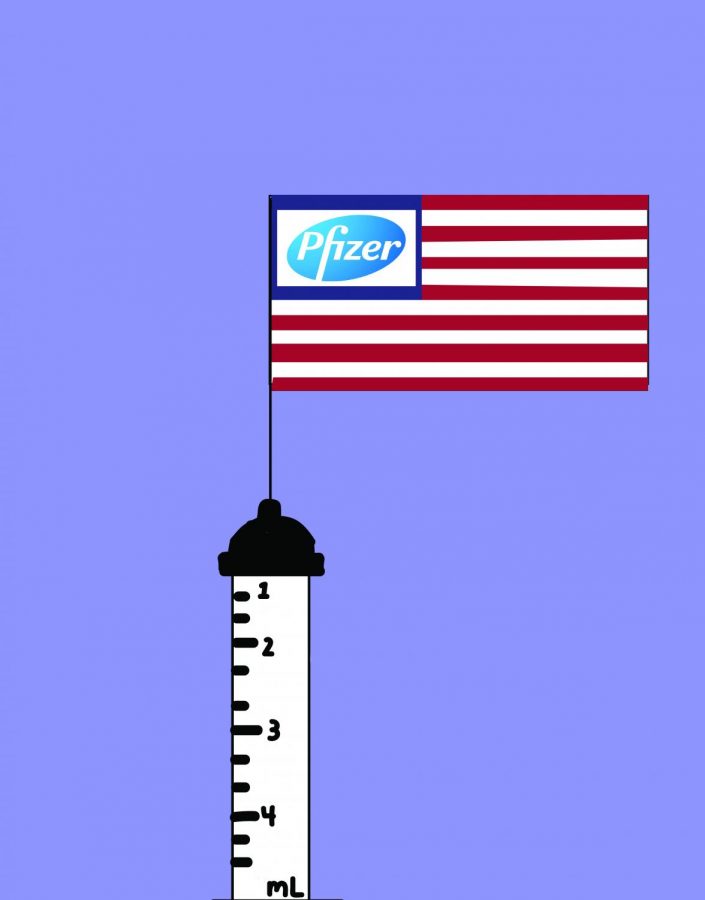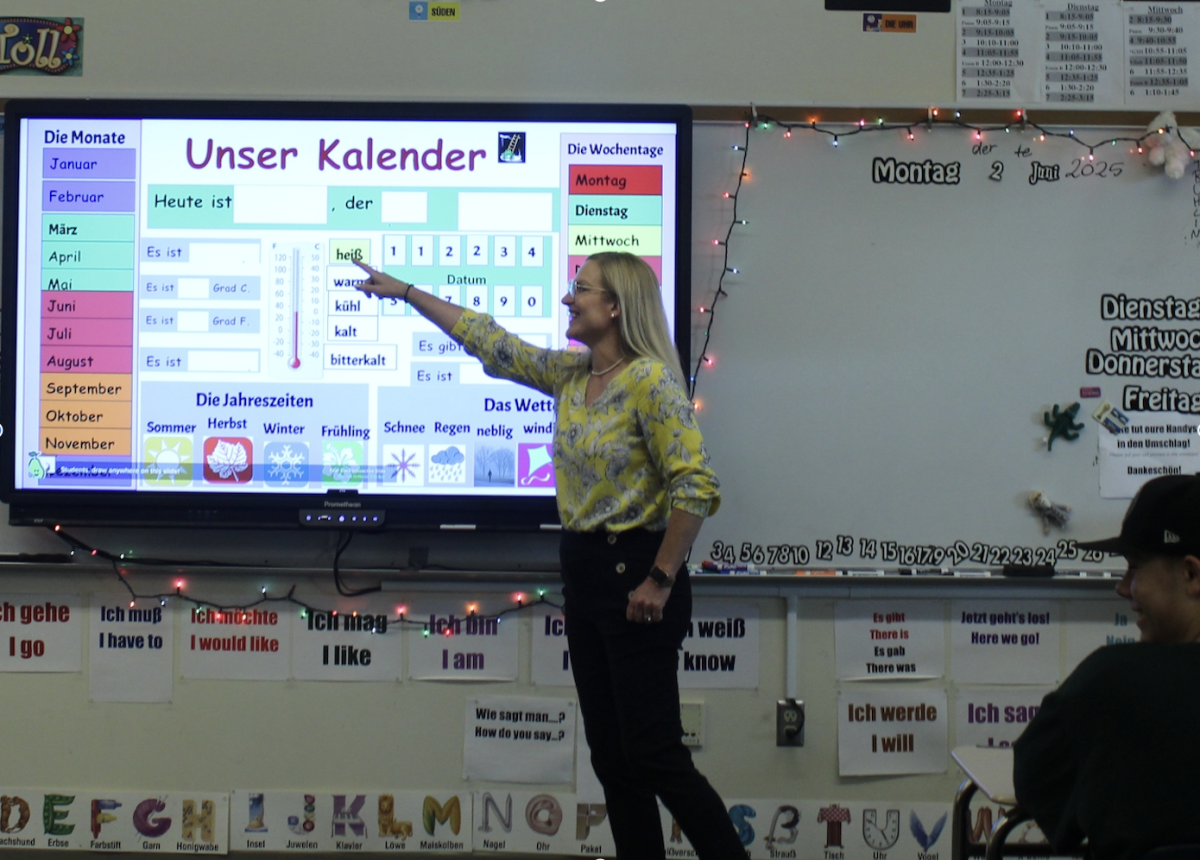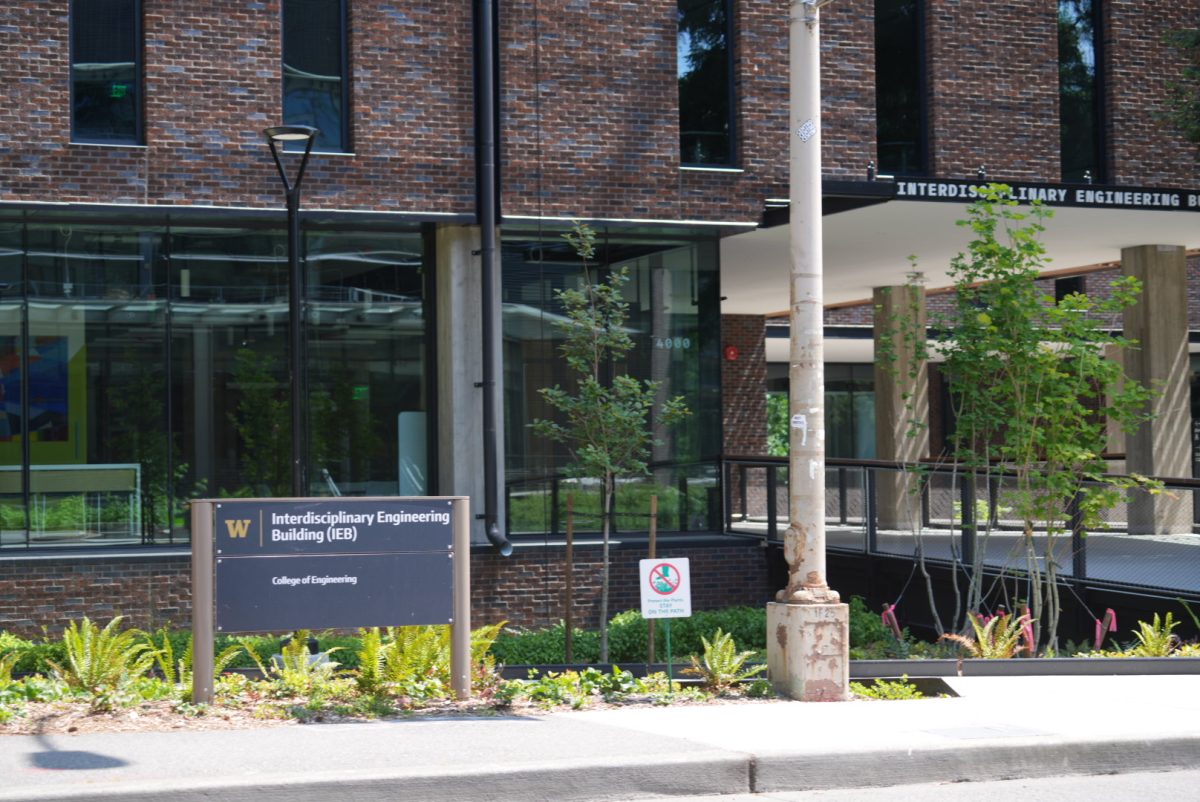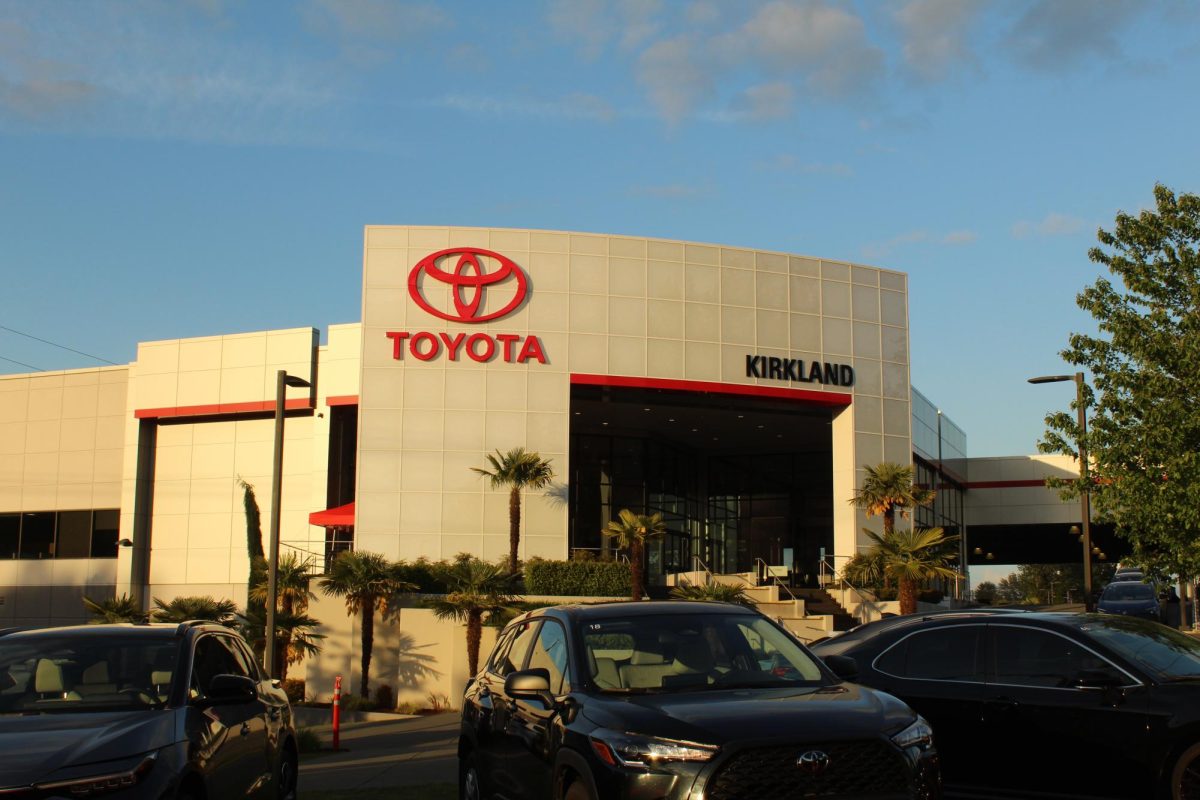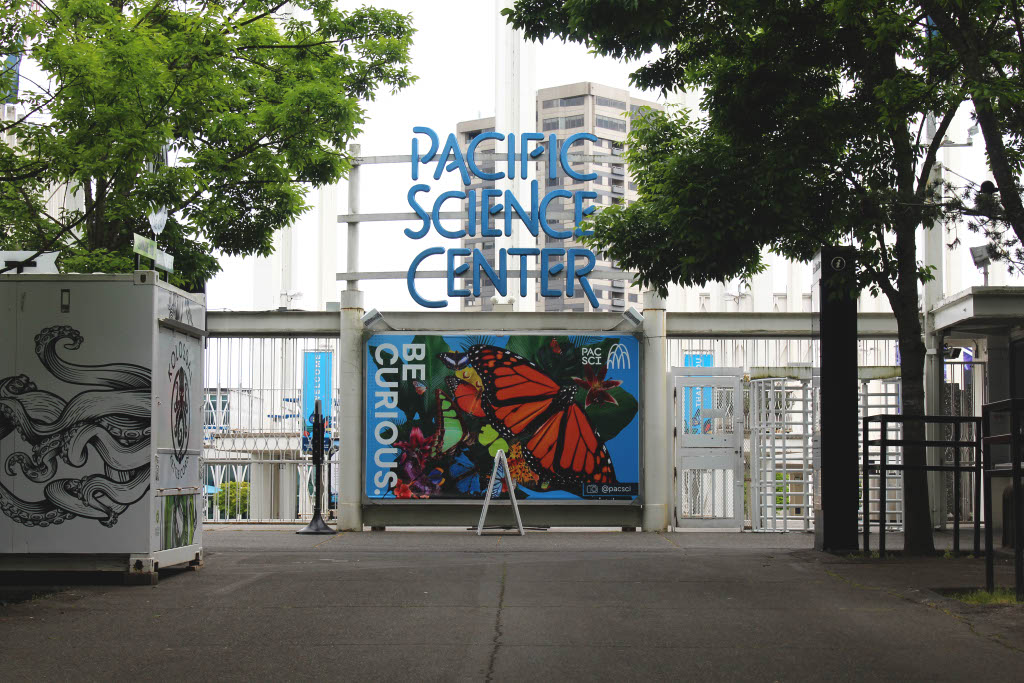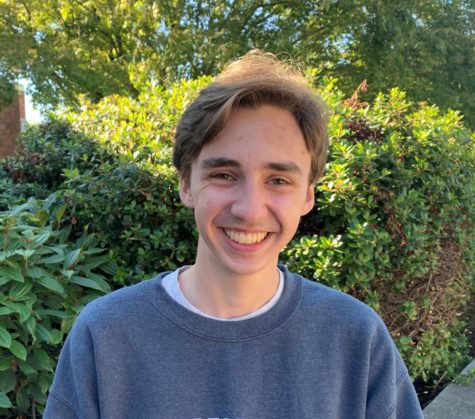After the announcements in early November of COVID-19 vaccines developed by Pfizer and Moderna with 95% and 94.5% efficacy rates, respectively, nations around the world rushed to secure doses. Many countries had previously bought future doses from manufacturers before any results were announced, either through direct purchase or as part of crowdfunding initiatives such as COVAX, which currently has 172 nations as members. Wealthy nations have had the upper hand in this process. The United States is currently scheduled to receive 100 million doses each from Pfizer and Moderna over the next several months, and since both vaccines require two shots to work, that is enough for 100 million total Americans. However, the US is more heavily committed to a vaccine being developed by AstraZeneca and Oxford, which is now being re-tested. It has already purchased 500 million doses.
Production capacities of the companies making the vaccines are limited, however, so distribution will not be immediate. While the first vaccination was given in the United States on Dec. 14, optimistic estimates by U.S. federal officials indicate that every American adult will have access to a vaccine by June of 2021. Minors may have to wait longer as separate tests are needed to examine the vaccine’s effects on youth. Meanwhile, first priority in the United States will be given to health care workers and those in long-term care facilities, and it is believed that high- risk adults and essential workers will be next.
On Dec. 7, multiple media outlets reported that the Trump administration had declined multiple offers from Pfizer to purchase additional doses for the second quarter of 2021. As a result, they were purchased by other nations. Soon after the report, Trump signed an entirely symbolic executive order declaring that the U.S. would be prioritized over other countries in shipments of the vaccine.
The administration claims that there will be enough for Americans regardless. It is not yet known exactly what impact this decision will have.
While many wealthier, Western countries are optimistic about the time frame for inoculating their populations, a report released Dec. 8 by the People’s Vaccine Alliance found just 1 in 10 citizens in 67 poor-and middle-income countries will receive a vaccine by the end of next year. However, domestically and abroad, experts acknowledge that all projections are not set in stone and that how distribution efforts proceed in the months and years ahead will determine the course forward.



